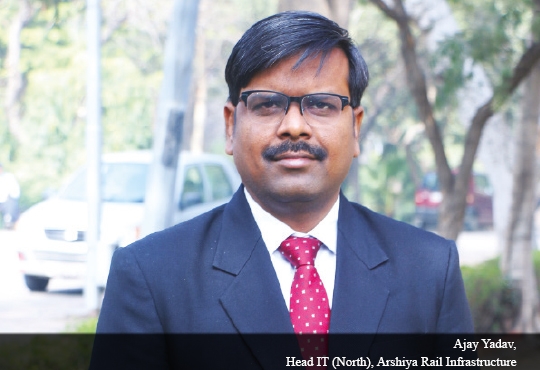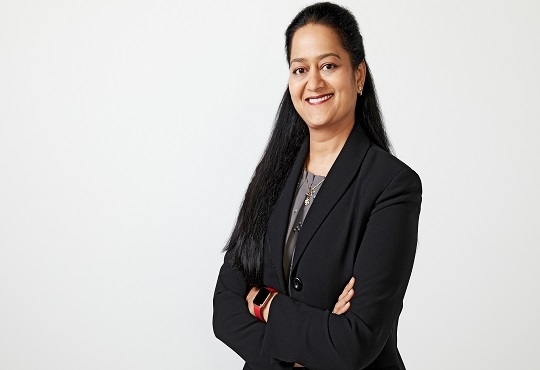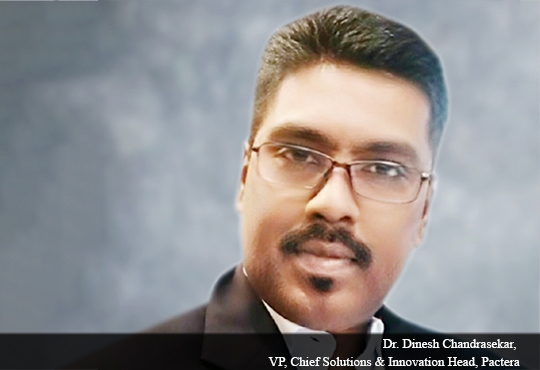
Expectations of a CIO Today are Embryonic
Ashok Sethi, CIO, Sapient | Thursday, 19 May 2016, 05:24 IST
 In the last decade the Indian industry, which has been expeditiously evolving, has witnessed a paradigm shift from being highly technically oriented to becoming highly business oriented for measurable outcomes. Organizations today need to give a prime focus on rationalizing and balancing between the demands and needs of a young tech savvy workforce and ensure governance and control without impeding productivity. It is prudent and pragmatic to align the solutions effectively with the demands of the respective business units as well as to be aware of the expectations of workforce, recognizing the geographic nuances and cultural diversity. The focus has to be on making simple things simpler.
In the last decade the Indian industry, which has been expeditiously evolving, has witnessed a paradigm shift from being highly technically oriented to becoming highly business oriented for measurable outcomes. Organizations today need to give a prime focus on rationalizing and balancing between the demands and needs of a young tech savvy workforce and ensure governance and control without impeding productivity. It is prudent and pragmatic to align the solutions effectively with the demands of the respective business units as well as to be aware of the expectations of workforce, recognizing the geographic nuances and cultural diversity. The focus has to be on making simple things simpler.
Considering the technology infrastructure advancement, India has an enormous advantage of a highly skilled, young and dynamic workforce. Rather than being driven by the IT industry, India is bringing positive change and influence to impact business outcomes. The industry has instilled entrepreneurial behavior along with innovation. The approach within the IT industry has been more holistic, comprehensive and structured. It has driven support of disruptive business models while absorbing ever evolving trends in technologies for operational effectiveness and high business value and simultaneously making the workforce more productive through lesser operational constraints. Within the industry there is a clear recognition and understanding of the impact of globalization and its ramifications on localization requirements (transactional and linguistic); regulatory compliance (information privacy and security); cultural nuances; business and technology maturity levels; readiness for change and above all, the time zone management for business effectiveness.
Embracing IT Trends To Configure Business Operating Models
With advent of Consumerization of IT as well as orientation towards services (SaaS/Paas/IaaS), the focus is on information security and privacy along with seamless integration of services requiring real-time consistency in rendering information across various platforms. Also with globalization, a highly mobile workforce and paradigm shift towards virtual workplaces, there is increased demand for office space orientation and management, information ubiquity, unified content and collaboration with enterprise search capabilities. To be more effective in proactive decision making and not being stifled by volume, velocity and variety of information, the drive will be towards business analytics to translate information into knowledge through information processing, correlation and trend analysis.
The expectations of a CIO today is embryonic, wherein there is a shift of focus from capital IT that is Information Technology for business operations to “BIG” IT which is innovation and transformation for business value. Hence the role essentially manifests into encompassing the aspects like Connect – to listen and align with the organization, stakeholders, peer groups; Inform – General IT trends and their applicability to business strategy; IT vision and strategy, plans, initiatives aligning to business strategy, setting expectation, aligning accomplishments to expectations, measurable outcomes; Organize – Governance model including organizational structure, operating model and change management.
Orchestrated Solution Oriented Mindset Can Empower Business Accretion
It is a colossal task to keep pace and reconcile with the evolution of disruptive technology advancements. While niche platforms, applications and services are available in abundance, vendors need to focus on building a long term strategic relationship with enterprises rather than transactional focus. The immediate and critical mindset is on selling technology rather than on solutions’ orientation. The solution providers need to understand the elements driving the enterprise business and the problem statement along with existing enterprise technology investments. Subsequently, they should provide a more holistic solution and service the customer that has long term relevance and applicability which supplements existing enterprise investments and above all demonstrates business value that aligns with enterprise IT statement of direction.
An organization should firmly believe in empowering people not only to ideate but to experiment and innovate, whatever be their career stage. To encourage and inculcate a culture of innovation, governance teams should be established to organize events in which people from all over the country can actively participate to demonstrate innovations made in their respective domains and fields. These events act as a platform to invite strategic partners to demonstrate latest technologies and solutions. Steps should also be taken to organize events wherein the innovation governance team outlines real time problem statements and rewards innovative ideas from people for implementation. Such mutually inclusive methodology of work can create healthy work environment and prove to be instrumental in the growth of the organization.
CIO Viewpoint
Paving the Way for Technology First Retail
By Abhrasnata Das
Predictive Analytics In Supply Chain Management
By Ajay Yadav, Head It (North), Arshiya Rail Infrastructure
Never Let The Good Crises Go Into Waste,...
By Ashok Jade, CIO, Shalimar Paints
CXO Insights
Maneuvering the Digital Transformation in Retail
By Janifha Evangeline
Smart Retail Converting Shop Visitors To Customers
By Dr. Dinesh Chandrasekar, VP, Chief Solutions & Innovation Head, Pactera
Importance Of Differentiated Customer Experience


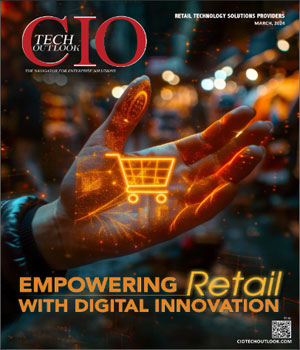
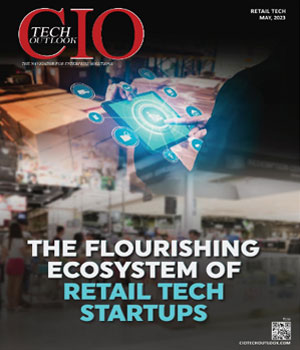
.jpg)
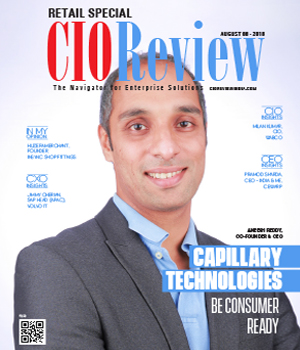
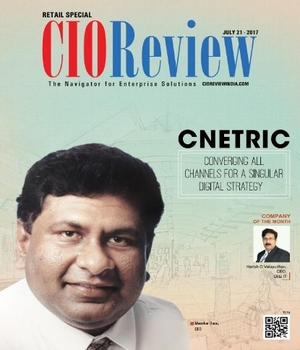
.jpg)
.jpg)
